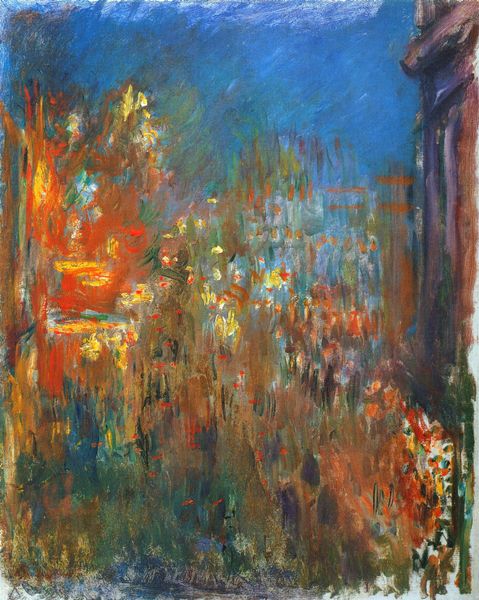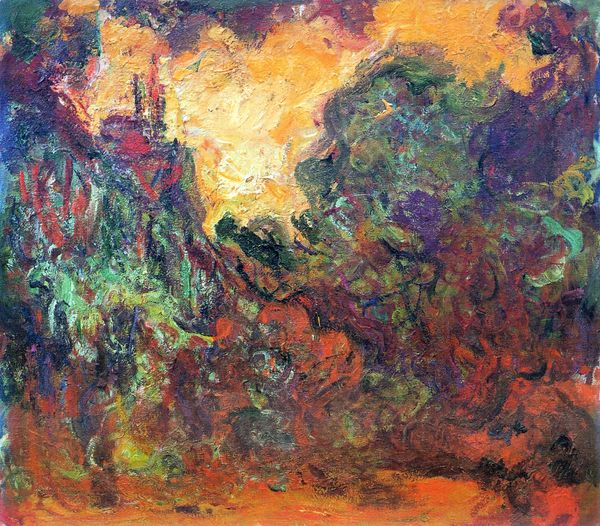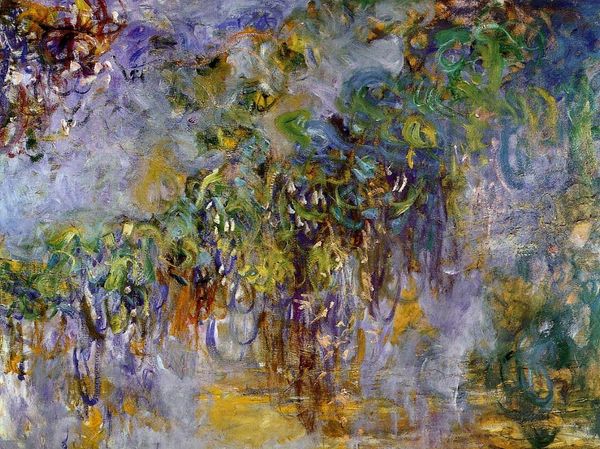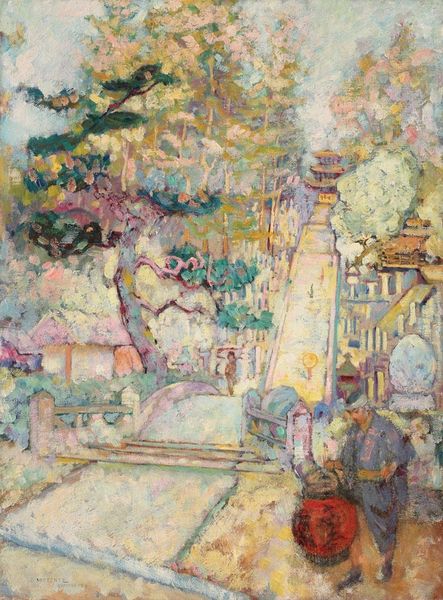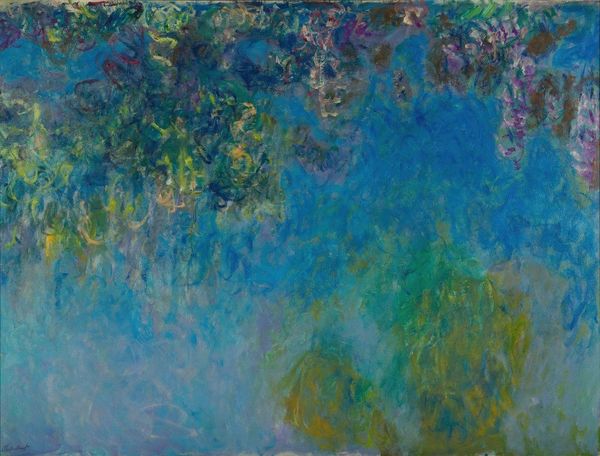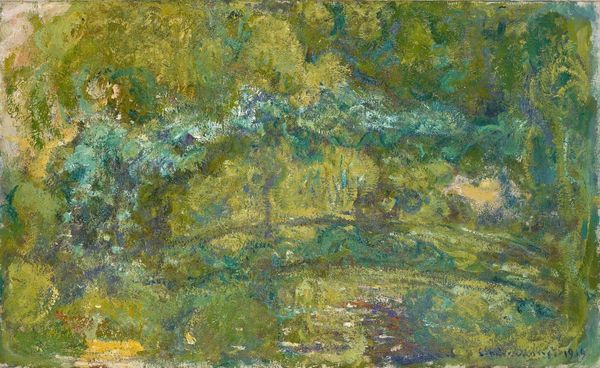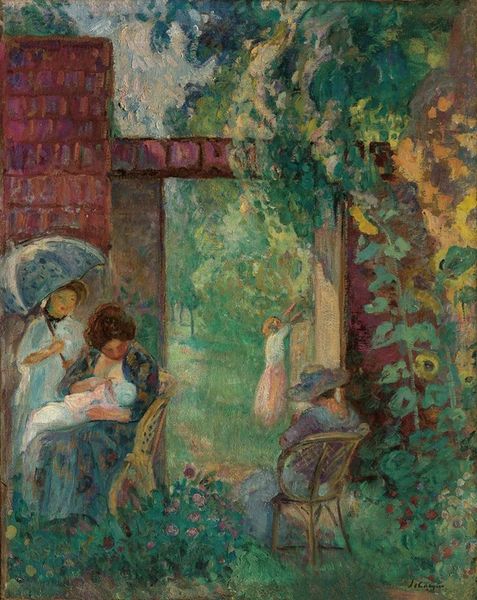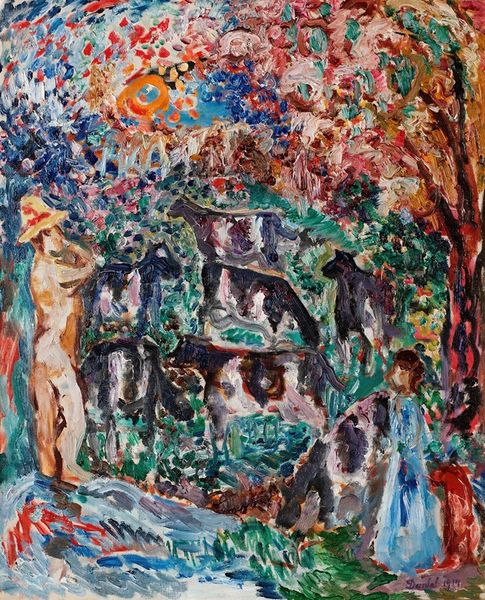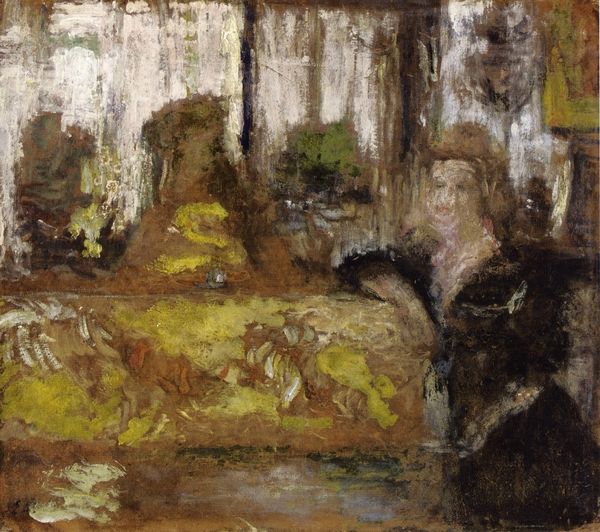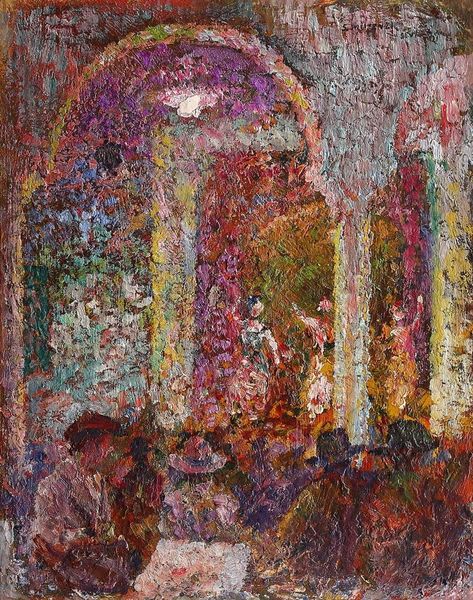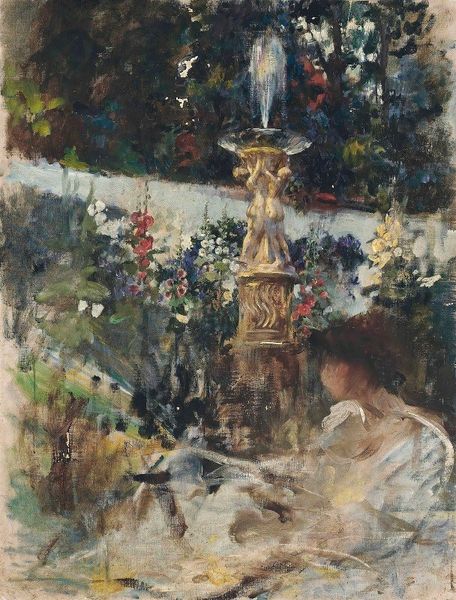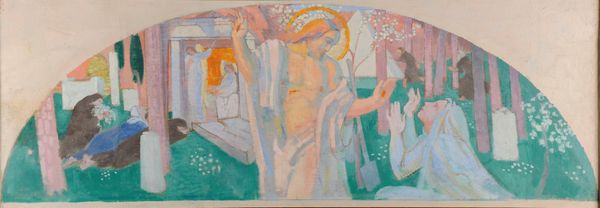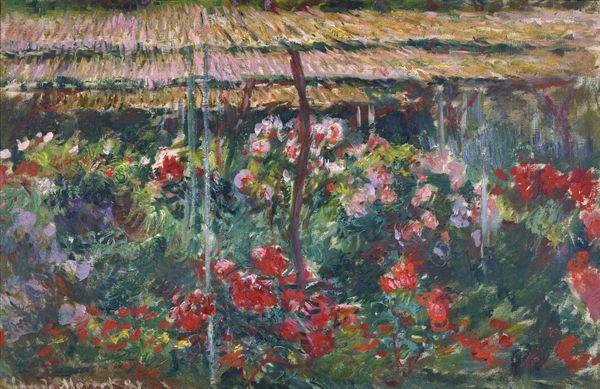
Copyright: Public Domain: Artvee
James Ensor created "Masquerade," a painting embodying the turbulent spirit of late 19th-century Belgium, a period marked by social and political unrest. Ensor, living in the coastal town of Ostend, was somewhat of an outsider and frequently depicted the grotesque and the absurd. Here, figures don masks, blurring lines between identity and performance. It challenges the traditional notions of portraiture and representation. The masks hide individual stories and reflect the broader anxieties of a society grappling with modernization, industrialization, and class divisions. The emotional intensity of "Masquerade" is palpable; it’s both unnerving and strangely compelling. Ensor once said, "My intention was never to paint light. I wanted to paint ideas." And it’s precisely these ideas – of societal hypocrisy, of hidden identities, and of the masquerade of modern life – that make the work so powerful. It serves as a mirror reflecting not just the individual, but the collective psyche of a society struggling to come to terms with itself.
Comments
No comments
Be the first to comment and join the conversation on the ultimate creative platform.
